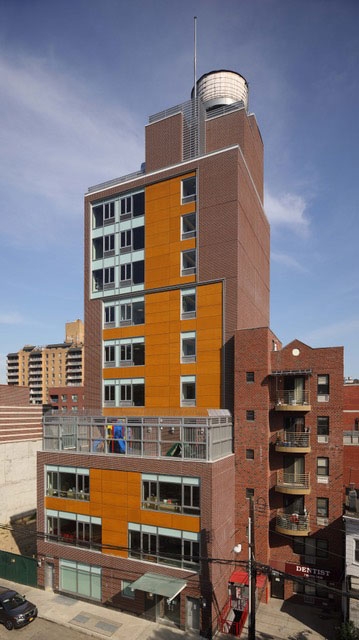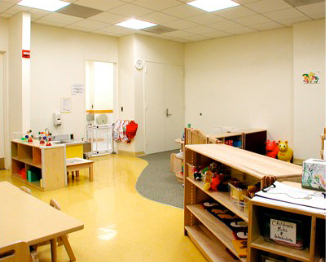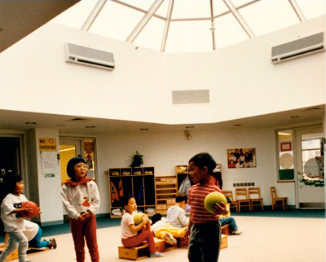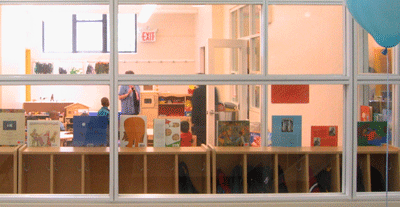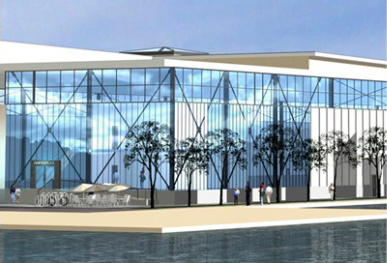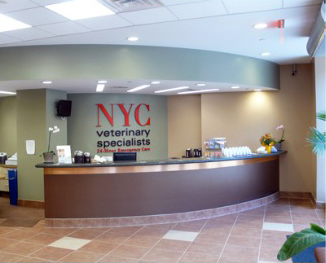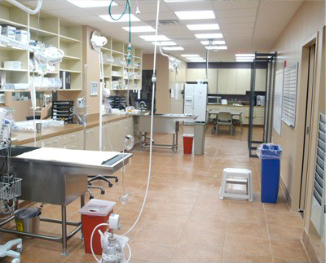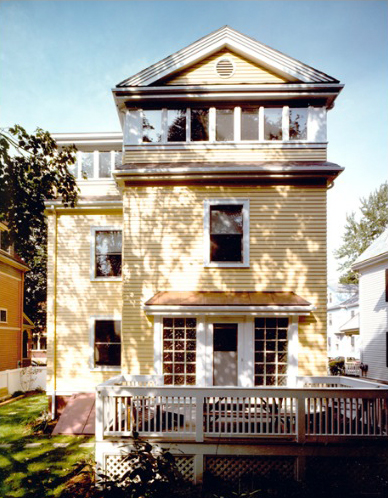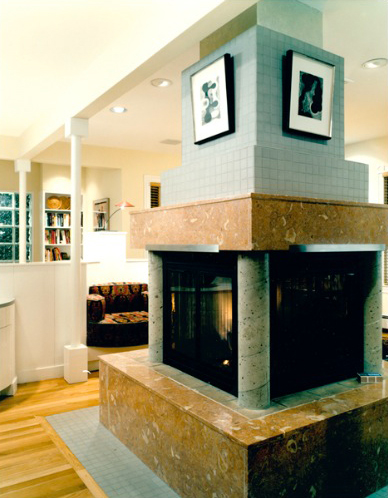
Building Green
 By Peter Kincl and Charles Lauster
By Peter Kincl and Charles Lauster
It may have a shiny plaque at the entrance signifying LEED[1] Gold status, but the Seattle City Hall is an energy hog. According to The Seattle Post-Intelligencer[2] it uses up to 50% more power than the older, larger building it replaced. London’s City Hall, a futuristic glass egg designed by Foster and Partners, advertises itself as a “virtually non-polluting public building”, but it, too, guzzles energy. In fact recent data suggests that LEED certified buildings use 29% more energy than similar, non-LEED certified, buildings[3]. What is going on here?
This conundrum makes sense if one accepts that there are two ways of looking at a “green” building: energy efficiency and carbon footprint. The two approaches have different implications for how we build and how we evaluate successful building performance. Both are of the highest importance to humankind’s future but they are not the same thing.
Energy efficiency, as it applies to a building, is a relatively simple concept: it is a measure of energy used per square foot of area. A monthly utility bill divided by the size of a house equals the house’s energy efficiency. It is straightforward, clear, and, importantly, verifiable because it is a physical test that it is done after a building is up and running.
Determining the carbon footprint of a building is a much more complex issue. It is more a holistic concept than a technical one. It can be organized as series of calculations, some of which are neither simple nor clear. The carbon footprint of a building takes into account all the energy from various sources that goes into making the materials used in its construction, moving those materials to the site, constructing the building and then operating it. The calculations can include such wide-ranging environmental variables as climate, water management and transportation modes of the occupants. They can involve the chemical behavior of materials, pollution from the manufacturing of construction components or the use of endangered species. It is a modeling of the total environmental impact of a building project.
How are these two ways of defining a ”green” building reflected in the business of constructing them? What are the real world implications of each?
Energy efficiency in buildings is like car mileage standards — it is not only a simple idea, it is also doable. It requires an air-tight, well insulated building envelope coupled with a sophisticated ventilation system and heat exchangers. For example, the German Passiv Haus concept is basically a recipe of solar orientation, window placement, architectural details and mechanical system specifications that will produce a building that needs virtually no heating. Such buildings have been erected in Germany and several other European countries and they work.
Until recently, the United States had cheap energy and consequently few building codes addressed energy performance. Current US codes mostly require a total value for thermal resistance. This value is computed based on the published resistance values of the various materials and assemblies used in the building. The catch is that there is no way of factoring for the details used in construction. Yet the details are everything. Poor detailing allows heat to move through walls even if they are insulated; this is what is known as thermal bridging. If the best materials are installed with poor detailing, thermal bridges will destroy the building’s performance. Current codes for energy are thus meaningless. They do not address how buildings are put together.
To be effective building codes should mandate energy efficiency. A key element here is the disclosure of a building’s energy use — in other words the utility bill — in order to make the necessary efficiency calculations. We have no idea how efficient or inefficient most buildings are because owners are not required to divulge their energy usage. In a green context this makes no sense. Would we take car manufacturers’ claims of fuel efficiency seriously if they weren’t by law required to divulge their vehicle fuel economy ratings? Disclosure of energy use would also allow for databases to be built which would unambiguously show which building strategies, materials and details work best.
Last year Britain passed a law mandating that the energy consumption of public buildings be made available. The result has been quite interesting. Many brand new buildings have been shown to be energy wasteful, including highly acclaimed projects like Daniel Libeskind’s Imperial War Museum in Manchester and London’s brand new City Hall by Foster & Partners. As Matt Bell, director of public affairs at the UK government’s architecture watchdog agency, put it, “We hear a lot of greenwash. The knowledge that from now on this performance will be objectively measured should mark the end of that.”
However, the simplicity of the efficiency calculation is a weakness in one respect: it misses many of the dimensions that affect the environment. This is what the carbon footprint calculations reveal. Yet these calculations aren’t easily adapted into building codes. First, there are nearly endless formulas for all the different types of energies available, how they are generated and how they are used. It is not obvious how many calculations can be incorporated into codes. Secondly, beyond energy, there are sustainability and even social concerns that can and should be considered. These issues are not easily quantified. Finally, there is a moral dimension in this analysis. Even among people of good faith, morality is complicated and not an easy fit in a building code.
LEED attempts to simplify this environmental thicket by creating specific performance targets. For instance, a project gets points for using sustainable products; if a certain number of points is achieved the design is certified as a LEED project. Because the LEED process occurs during design, it is a measure of intent. How the building ultimately performs in operation is not part of the certification. The inevitable downside is that LEED rating can become a formal exercise based on filling out forms and doing computer simulations. Theory often does not pan out in reality and once a building has been declared LEED compliant, its certification stands, regardless of its energy consumption, which is the one thing that can be measured.
Looked at from a different point of view, LEED can be an effective method of evaluation during design to maintain awareness of environmental consequences in the decision making process. With its numerically weighted ratings, it is a good checklist for environmental thinking. This sort of design approach coupled with post-construction energy efficiency audits would constitute a real energy saving and carbon limiting construction process.
In a world of diminishing energy reserves, getting more output from less oil and gas is critical. Structures account for approximately 38% of the nation’s energy use. How we build, heat, cool, light and use our buildings requires more energy than transportation. Building design, even more than transportation design, can dramatically alter energy consumption. Energy conservation should be a paramount goal of a green building. This is why a verifiable energy efficiency code is critical.
Being aware of a building’s carbon footprint is also important because the world is heating up from excessive production of CO2. But because this is such a complex concept it is not something that is easily codified by local governments and it probably shouldn’t be. Thinking through the carbon footprint is an obligation. LEED status should be an honor. Then post the utility bill in the lobby. That should be a requirement.
[1] LEED stands for Leadership in Environmental and Energy Design, a program to encourage green buildings developed and promoted by the US Green Building Council.
[2] “Energy Audit of City Hall Sought”, August 2, 2005
[3] See A Better Way to Rate Green Buildings by Henry Guifford (available at henryguifford.com) for a statistical analysis of energy use by LEED versus non LEED buildings. Another good discussion of this issue is Prioritizing Green: It’s The Energy Stupid by Joseph Lstiburek. It can be found at the Building Science website (buildingscience.com).
![]() Coney Island’s high tide was in the first half of the 20th Century. By the 1960’s, like so much in New York, disinvestment and demographic change accompanied the decline of the amusement district. See the movie “The Warriors” for a 1970’s image of its fall.
Coney Island’s high tide was in the first half of the 20th Century. By the 1960’s, like so much in New York, disinvestment and demographic change accompanied the decline of the amusement district. See the movie “The Warriors” for a 1970’s image of its fall.


